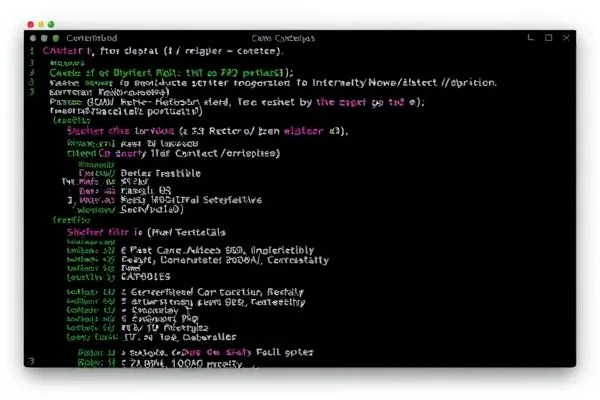AI adoption in enterprises presents both significant promise and formidable challenges, particularly due to security and compliance issues. This blog post will explore the complexities surrounding regulatory requirements, dispel common myths about AI governance, and highlight the critical need for collaboration among stakeholders to foster successful AI integration. Discover how to move past these hurdles to fully leverage AI’s transformative potential.
Key Takeaways:
- ✅ AI technologies can dramatically enhance business efficiency, yet compliance obstacles often delay their adoption.
- ✅ An integrated approach among security, GRC, and technical teams is essential to successful AI implementation.
- ✅ Misconceptions about AI governance can obstruct progress; leveraging existing protocols is crucial.
- ✅ Organizations that establish proactive AI governance frameworks will enjoy the benefits of earlier innovation while managing associated risks.
Compliance as the Primary Barrier to AI Adoption
Many organizations find themselves impeded by compliance-related complexities when seeking to adopt AI solutions. Regulatory uncertainties create a cumbersome landscape that can significantly delay the deployment of powerful AI capabilities. Businesses that have recently adapted to regulations like GDPR may soon face additional hurdles from new policies like the upcoming AI Act. The ever-evolving nature of compliance presents organizations with a moving target and complicates efforts to establish a robust regulatory infrastructure.
Part of this struggle is due to the extensive documentation necessary for compliance. Enterprises may invest substantial resources into compiling the required materials for one regulatory environment, only to find that these documents are not universally applicable across different jurisdictions. Additionally, the lack of regulatory experts who possess technical understanding leads to prolonged approval times and increased vulnerability, as cyber adversaries capitalize on the delay and advance their own AI-driven attacks.
AI Governance Challenges: Separating Myth from Reality
Within the discourse on AI governance, it’s vital to separate genuine concerns from misunderstandings. One prevalent misconception is that organizations need to create entirely new compliance frameworks specifically tailored to AI technologies. In most cases, however, existing security measures can be adapted to meet AI-specific requirements, streamlining the implementation process.
Furthermore, AI governance should be approached dynamically. Organizations should not wait for absolute regulatory certainty before progressing with AI adoption. An iterative development approach allows businesses to mitigate risks while keeping pace with evolving compliance mandates. Continuous monitoring specific to AI may provide better insight into potential vulnerabilities than traditional security measures.
The Way Forward: Driving AI Innovation with Governance
Companies that prioritize sound AI governance stand to gain significant advantages over competitors. Firms like JPMorgan Chase have successfully established centralized AI governance frameworks that minimize burdensome compliance reviews. By codifying processes, organizations can expedite approvals while ensuring that compliance is appropriately upheld.
Inaction in addressing compliance-related challenges can create long-term ramifications, including heightening security risks, losing competitive advantages, and accumulating regulatory burdens. Businesses that acknowledge the fusion of governance and innovation will position themselves to deploy AI strategically, facilitating secure operations and enhanced service delivery.
How Vendors, Executives, and GRC Teams Work Together
Facilitating AI adoption necessitates collaboration between security, compliance, and technical teams. Organizations can form cross-functional teams to create shared accountability. This approach synthesizes diverse perspectives, which leads to informed decision-making that benefits the governance process.
Additionally, fostering transparency in data handling with AI systems significantly reduces compliance trepidations. Vendors who offer clarity around their operational practices and safeguards create a conducive atmosphere for faster partnerships, propelling the AI adoption process.
In conclusion, successful AI integration hinges upon proactive governance frameworks that emphasize collaborative efforts among all stakeholders. By dismantling compliance barriers and engaging in innovative practices, organizations can expedite the AI adoption journey while simultaneously safeguarding against evolving cyber threats. The harmonious relationship between governance and innovation remains a cornerstone of securing a competitive edge in today’s digital marketplace.









